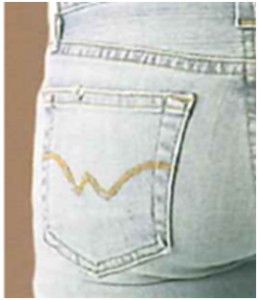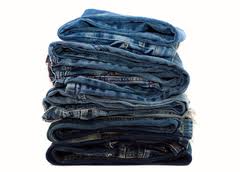Jeans bleaching – advantages and risks of different bleaching processes – part 3
The last part of the article series compares the different methods in jeans bleaching, which have been elaborated in detail in part 2, and summarize their advantages and disadvantages. The used chemicals in each of the processes are assessed against ecological criteria, especially considering the targets the ZDHC program, in order to find processes with low environmental impact. The target is to select processes which have a good price/performance level and a, good reproducibility, while using environmentally friendly chemicals, or avoid the use of chemicals.










